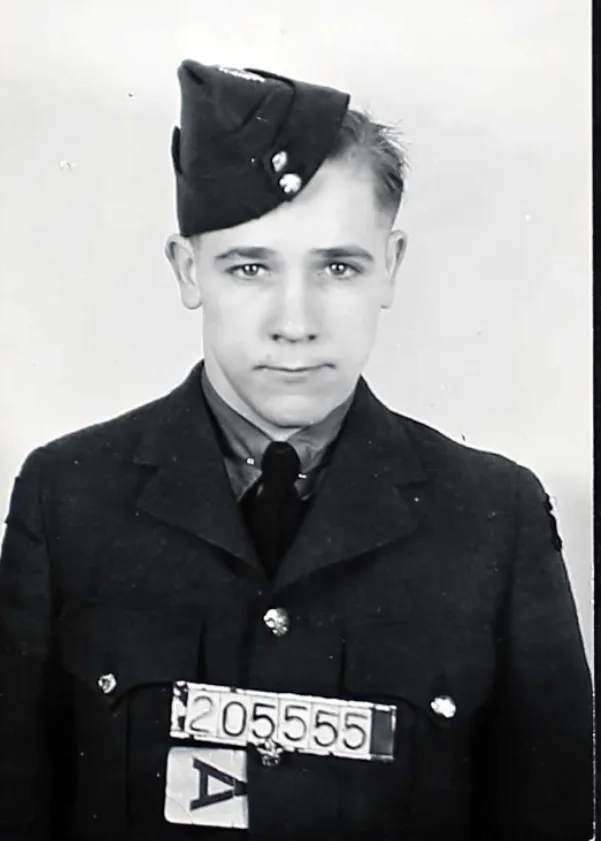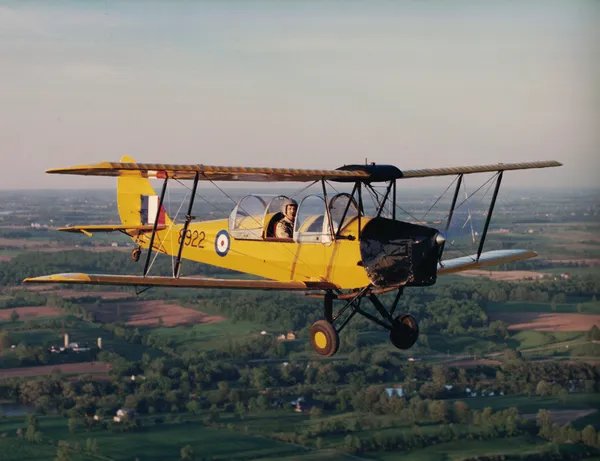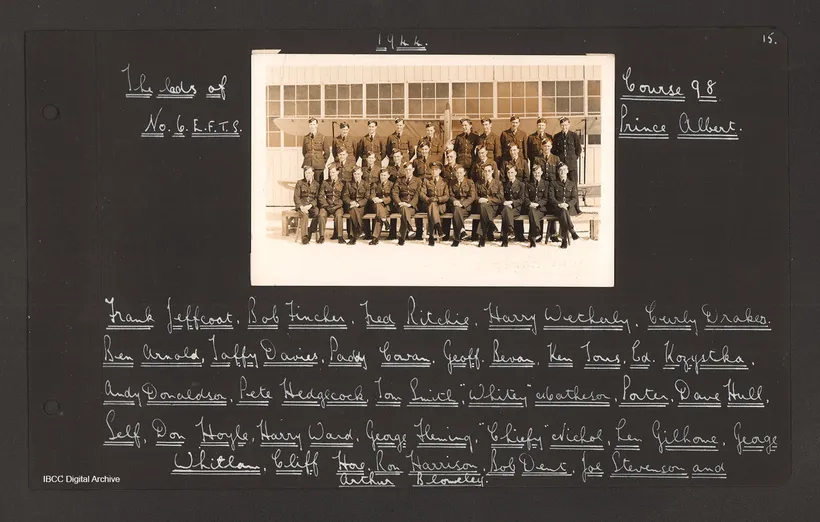Meere, Leonard Raymond (Leading Aircraftman)
Killed in Flying Accident 1943-September-23


Birth Date: 1924-September-05
Born:
Parents: Son of Thomas W. Meere and Edith Meere, of Sarnia.
Spouse:
Home: Sarnia, Ontario
Enlistment:
Enlistment Date: unkown date
Service
RCAF
Unit
6 EFTS- Elementary Flying Training School
Base
Prince Albert, Saskatchewan, Canada
Rank
Leading Aircraftman
Position
Pilot
Service Numbers
R/205555
Home
Accident Card - de Havilland Moth, Tiger I serial:1168
This accident involved 1 aircraft on 1943-September-23. Tiger Moth s/n 1168.
This accident involved 1 person. Meere LR
This accident had 1 fatality. Leading Aircraftman Leonard Raymond Meere RCAF Killed in Flying Accident service no:R/205555 Moth, Tiger 1168
Moth, Tiger serial: 1168

The de Havilland DH.82 Tiger Moth is a 1930s British biplane designed by Geoffrey de Havilland and built by the de Havilland Aircraft Company. It was operated by the Royal Air Force (RAF) and many other operators as a primary trainer aircraft. In addition to the type's principal use for ab-initio training, the Second World War saw RAF Tiger Moths operating in other capacities, including maritime surveillance and defensive anti-invasion preparations; some aircraft were even outfitted to function as armed light bombers.
The Tiger Moth remained in service with the RAF until it was succeeded and replaced by the de Havilland Chipmunk during the early 1950s. Many of the military surplus aircraft subsequently entered into civil operation. Many nations have used the Tiger Moth in both military and civil applications, and it remains in widespread use as a recreational aircraft in several countries. It is still occasionally used as a primary training aircraft, particularly for those pilots wanting to gain experience before moving on to other tailwheel aircraft.
Overseas manufacturing of the type commenced in 1937, the first such overseas builder being de Havilland Canada at its facility in Downsview, Ontario. In addition to an initial batch of 25 Tiger Moths that were built for the Royal Canadian Air Force (RCAF), the Canadian firm began building fuselages which were exported to the UK for completion. Canadian-built Tiger Moths featured modifications to better suit the local climate, along with a reinforced tail wheel, hand-operated brakes (built by Bendix Corporation), shorter undercarriage radius rods and the legs of the main landing gear legs being raked forwards as a safeguard against tipping forwards during braking. In addition the cockpit had a large sliding canopy fitted along with exhaust-based heating; various alternative undercarriage arrangements were also offered. By the end of Canadian production, de Havilland Canada had manufactured a total of 1,548 of all versions. Wikipedia
Aircraft Images
Moth, Tiger 1168
Moth, Tiger I 1168
Ordered by USAAF as PT-24 42-1032; then to Lend-Lease as RAF FE168. Used at No. 34 Elementary Flying Training School, at Assiniboia, Saskatchewan. Category B damage while with this unit on 31 August 1942. Used by No. 6 Elementary Flying Training School at Prince Albert, Saskatchewan in summer of 1943.1942-01-21 Taken on Strength 2019-08-20
1942-July-30 Accident: 34 Elementary Flying Training School Loc: Congress Saskatchewan Names: Howat | Whowell
1943-September-23 Accident: 6 Elementary Flying Training School Loc: Aerodrome Names: Meere
1943-10-18 Struck off Strength 2022-02-07
1943-10-18 Write-Off Write off 2019-08-20
Unit Desciption
6 EFTS (6 Elementary Flying Training School)
An Elementary Flying Training School (EFTS) gave a trainee 50 hours of basic flying instruction on a simple trainer like the De Havilland Tiger Moth, Fleet Finch, or Fairchild Cornell over 8 weeks.Elementary schools were operated by civilian flying clubs under contract to the RCAF and most of the instructors were civilians. For example, No. 12 EFTS Goderich was run by the Kitchener-Waterloo Flying Club and the County of Huron Flying Club.The next step for a pilot was the Service Flying Training School.
Established in 1940 at the present site of Prince Albert Airport CYPA
More information on the RCAF Station at Prince Albert, SK can be found at RCAF.Info - RCAF Station Prince Albert SK
RCAF.Info - Relief Landing Field Hagen SK
![]() ibcc - Course 98 6 EFTS Prince Albert SK
ibcc - Course 98 6 EFTS Prince Albert SK